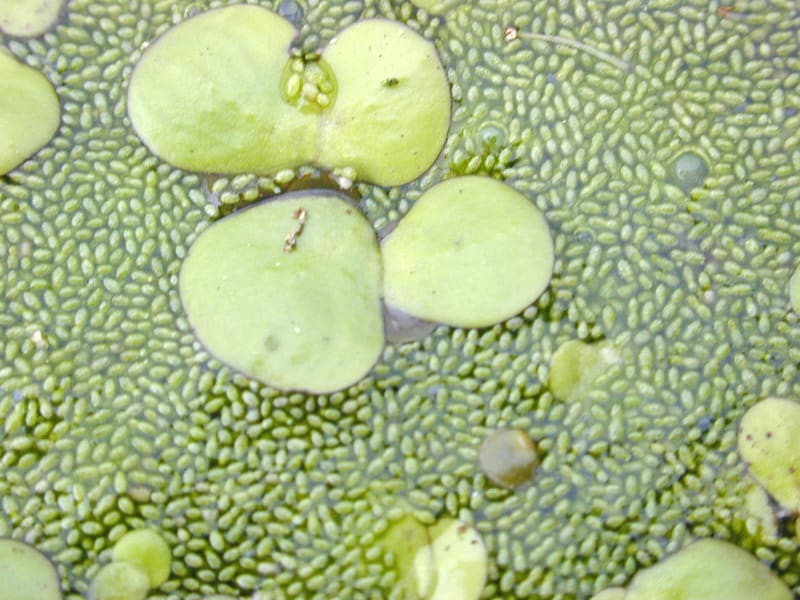
🌿 Morphology
🌞 Growing conditions
🌍 Origin and family
🌾 Uses
Warning: Despite the care taken in writing this sheet, it is essential to cross-reference sources before using or consuming any plant. When in doubt, consult a qualified professional
Permaculture uses
Watermeal is a high-protein food source for humans and livestock. It can be grown in small ponds or containers and harvested regularly. It's used as a duckweed alternative in aquaponics systems. It also functions as a nutrient sink, cleaning polluted water and reducing algae blooms. Some cultivars may be faster growing or have different nutritional profiles.
Permapeople description
Wolffia globosa is a species of flowering plant belonging to the Lemnaceae family, known as duckweeds. It is native to Asia, where it is consumed as a vegetable protein source and is known as khai-nam.
Botanical description
Wolffia globosa is the world's smallest flowering plant, a rootless aquatic plant belonging to the Lemnaceae family (duckweeds). It consists of a tiny, green, oval or globular frond, typically 0.5-1.5 mm in diameter. It reproduces primarily vegetatively through budding. Flowers are extremely rare and inconspicuous. It floats on the surface of still or slow-moving water, often forming dense mats.
Companion planting
Benefits from association with fish in aquaponic systems, which provide nutrients. Can be used to shade out unwanted algae. Avoid competition with other fast-growing aquatic plants like duckweed, which might outcompete it.
Propagation methods
Primarily vegetative reproduction by budding. Fragments of the frond will readily multiply under suitable conditions (warm temperature, adequate nutrients, and light). Can also be propagated from turions (dormant buds).
History and traditions
Watermeal has been traditionally consumed in Southeast Asia, particularly in Laos, Thailand, and Myanmar, as a vegetable source of protein. It's considered a delicacy in some regions. Research into its nutritional value and potential as a sustainable food source is ongoing.
Usage calendar
Grows year-round in tropical climates. Optimal growth during warm months. Harvestable throughout the growing season. Dormancy possible during colder periods. No flowering or fruiting calendar is relevant due to its rare flowering.
